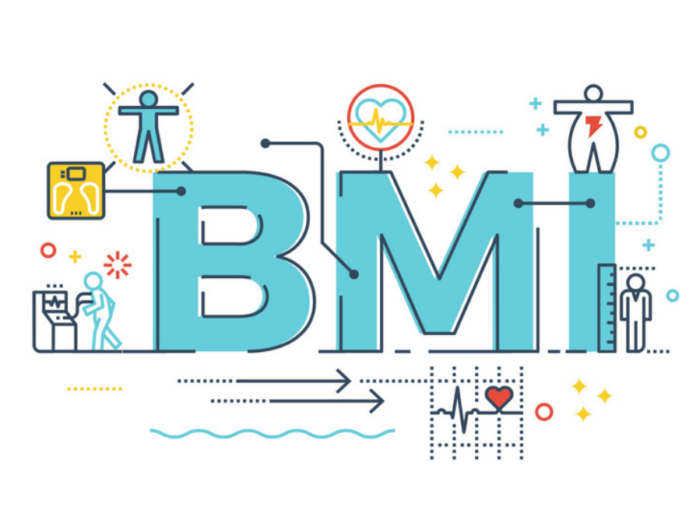
When you visit the doctor for an annual checkup, one of the first services performed is a check on your vital statistics. You have your height and weight checked. Then those figures get calculated into a chart that measures your body mass index (BMI).
Many people want to know how much they should weigh to be healthy. The reality of our existence is that one ideal number isn’t available for each person. Several different factors play a role in your overall health.
Your muscle-to-fat ratio, height, gender, body shape, fat distribution, and age all play a role in what your doctor considers to be a healthy weight for your needs.
Why Does My Doctor Talk About My BMI?

Your body mass index is one tool of many that can help medical professionals decide if you have appropriate body weight. It is a simple measurement that takes your height into consideration to the number that appears on the scale.
If you have a BMI under 18.5, then your doctor is going to tell you that you are underweight when using this scale. Someone with a number between 18.5 to 24.9 is at an ideal figure.
If your number is over 25, then you’ll get told that you are overweight, while anything over 30 indicates obesity.
When you have a BMI over 35 or 40, then this may qualify as extreme obesity.
The problem with the body mass index measurement is that it doesn’t account for fat proportion or distribution, muscle mass, or waist-hip measurements. A high-performance athlete with significant muscle development can be obese on the BMI even though they are not overweight.
Other Methods of Determining Healthy Weight
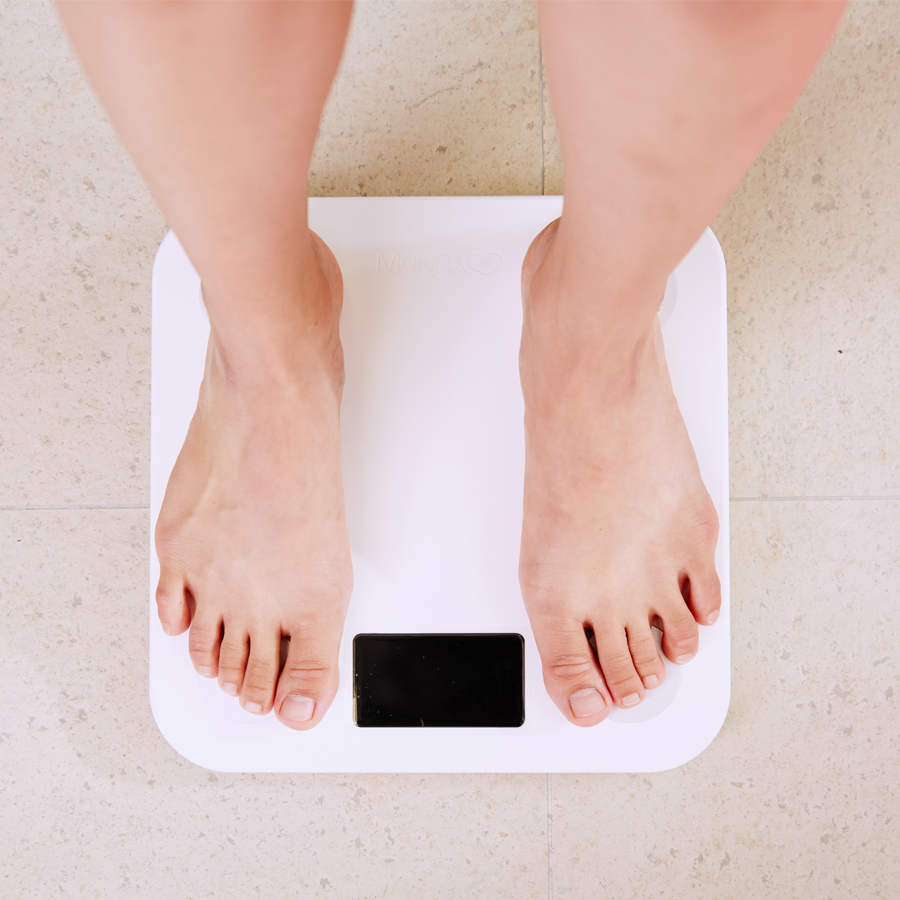
The BMI can be an important figure for the average person who wants to know if they have a healthy weight. It should not be the only option that a medical professional uses to determine the overall state of your health.
You may need to advocate for these additional methods of determining a healthy weight during your annual checkup.
1. Waist-to-Hip Ratio
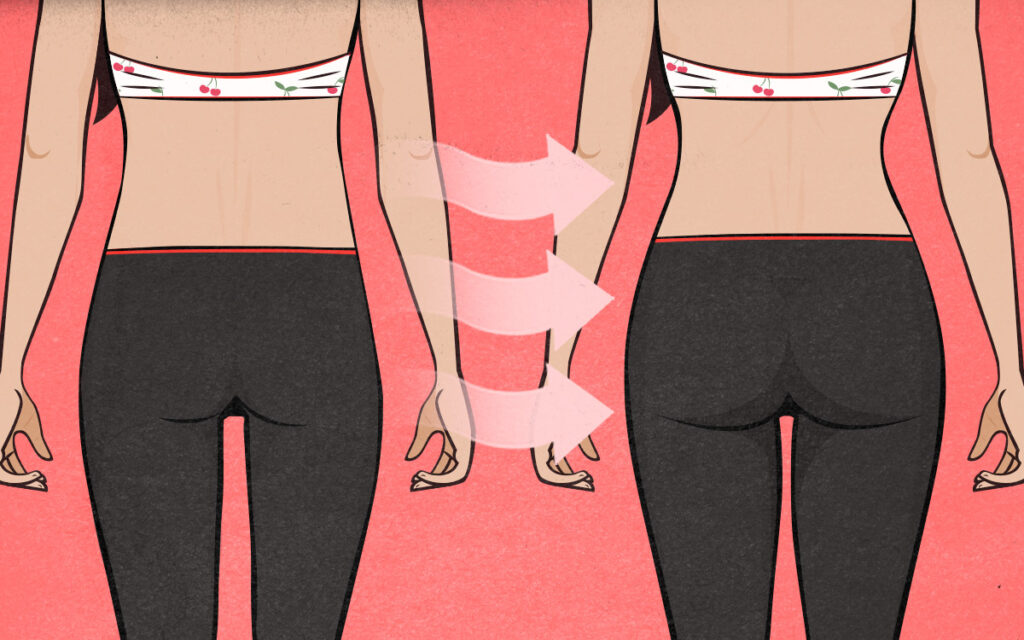
This measurement compares waist size to that of the hips. Individuals who have more body fat around the middle near the belly have higher risks of diabetes and cardiovascular disease development.
Higher measurements in proportion indicate a greater risk of future health concerns. The information takes the circumference of the waist divided by the circumference at the hips.
Men with a ratio of 1.0 or more indicate a high risk of cardiovascular health issues, while the figure is 0.9 for women. These figures can vary based on genetics and population demographics. If you want to achieve the perfect waist-to-hip ration, you can use medicine such as Leptitox, so check this for more information.
2. Waist-to-Height Ratio

After your doctor takes a height measurement, you might receive an analysis of your waist after your weight numbers get noted.
If your waist measurement is less than half of your height, then you typically have a lower risk of experiencing a life-threatening health issue in the future.
That means if you are five feet tall, your waist circumference would need to be 30 inches or less to know if you have a healthy weight. Some research published in 2014 by Plos One suggests that this measurement is a better predictor of health outcomes than the BMI.
3. Body Fat Percentage
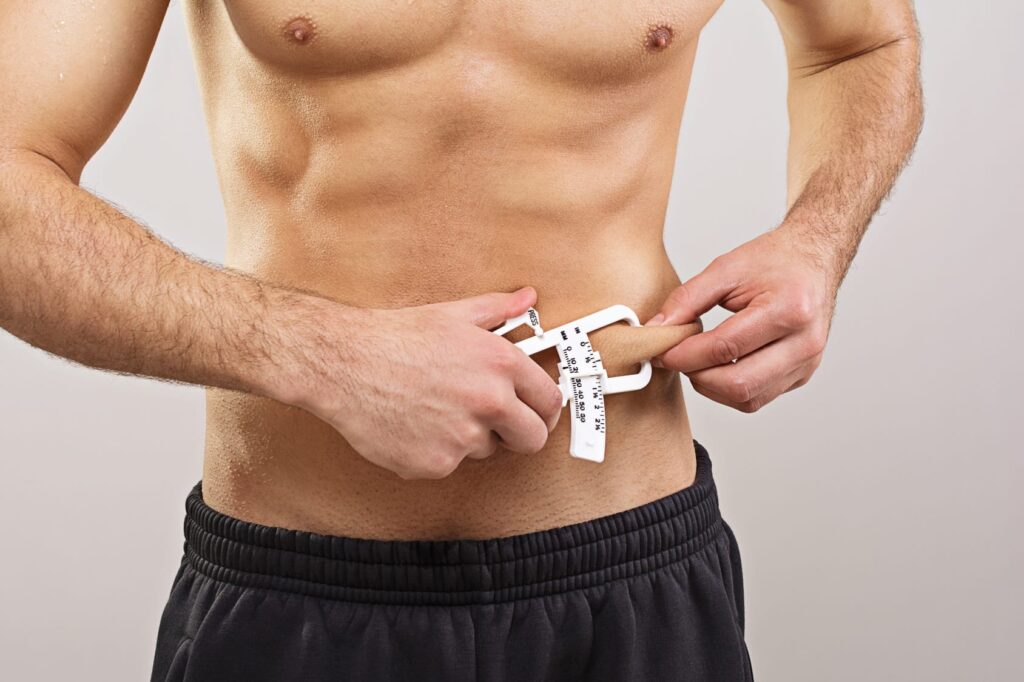
People need essential fat to survive. It plays a role in several functions. Men need at least 2% in their body composition, while women may require up to 13% to be healthy.
If your body fat percentage is between 18% to 25%, then you are in an acceptable range – according to the American Council on Exercise. Women would have the same result with a measurement between 25% to 31%.
Guys would be overweight when their reading is between 26% to 37%, while for women, it would be under 41%. Anything over those figures would represent obesity because a high proportion of body fat indicates a higher risk of high blood pressure, heart disease, and diabetes.
It is essential to remember that the tools used to obtain a body fat percentage are accurate within 3.5 percentage points.
4. Skinfold measurement
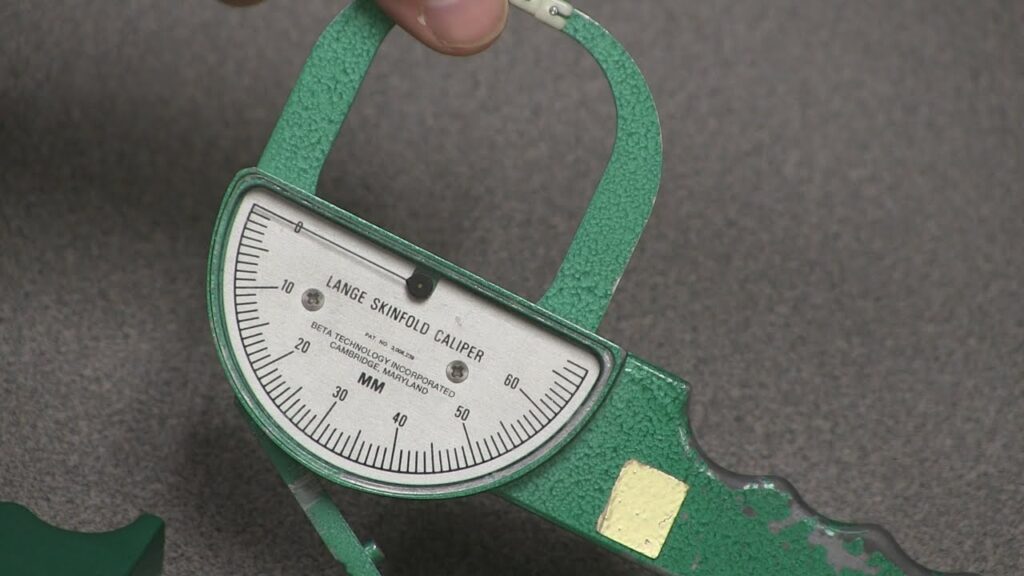
Measuring skinfolds allows you to know the amount of subcutaneous adipose tissue. With a tool like calipers, you can measure the thickness of the skin folds. The double layer of skin and underlying adipose tissue is grasped, without grasping the muscle, and in this way the layer of fat in the fold is measured in millimeters.
The person in charge of measuring the skin folds can carry out this action on different parts of the body. Some of these parts are under the pectoral, on one side of the belly, on the triceps, calves, quadriceps or serratus zone.
The specialist, known as an anthropometrist, has to hold the two layers of skin with his thumb and index finger in order to place the caliper compass perpendicular to the fold with the other hand and see its size. The muscle must be relaxed to avoid the specialist holding it in one of the shots.
In order to obtain an average measurement of this measurement of skin folds, it is common and recommended to perform it between two and three times in each area in order to obtain these values on more than one occasion and subsequently calculate the average value of the same. In this way, the amount of fat can be calculated more precisely.
What to Remember About Your BMI
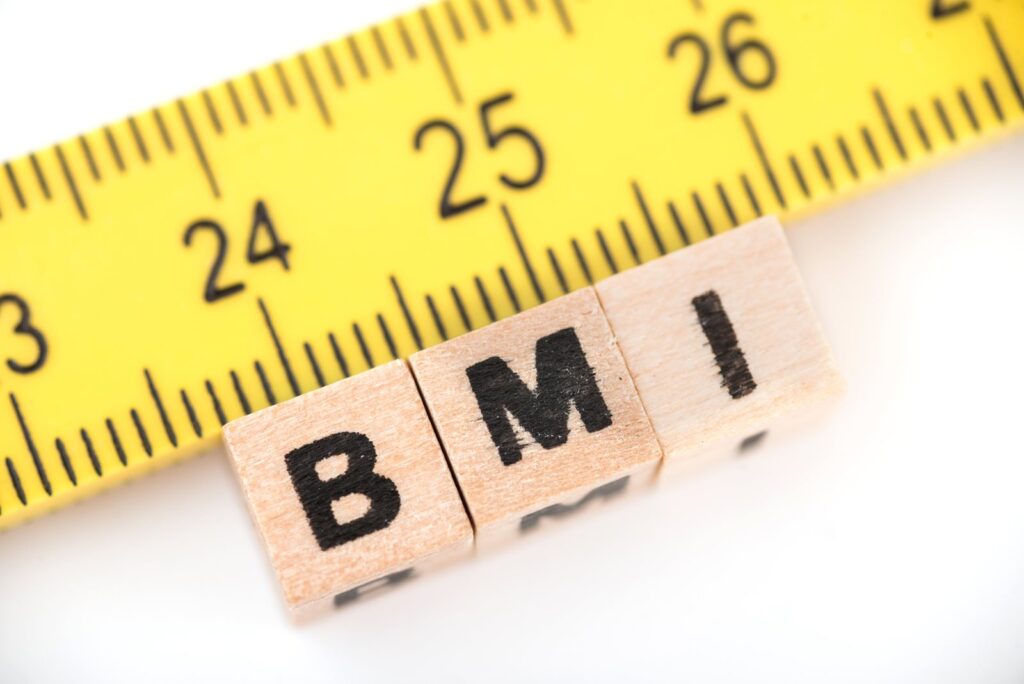
A well-established link between being overweight and developing a chronic disease means that most people should focus on maintaining a healthy number. If you carry too much weight, then hypertension, metabolic syndrome, and diabetes are common outcomes if it is an ongoing issue.
Carrying extra weight also places more pressure on your joints, damaging motor function and your ability to maintain posture.
Some people may have extra fat, be overweight, and still pass an annual physical with flying colors. If you have concerns about what these measurements say about your health, then take a look at your lifestyle and habits. Some simple changes could help you to get to where you want to be next year.














